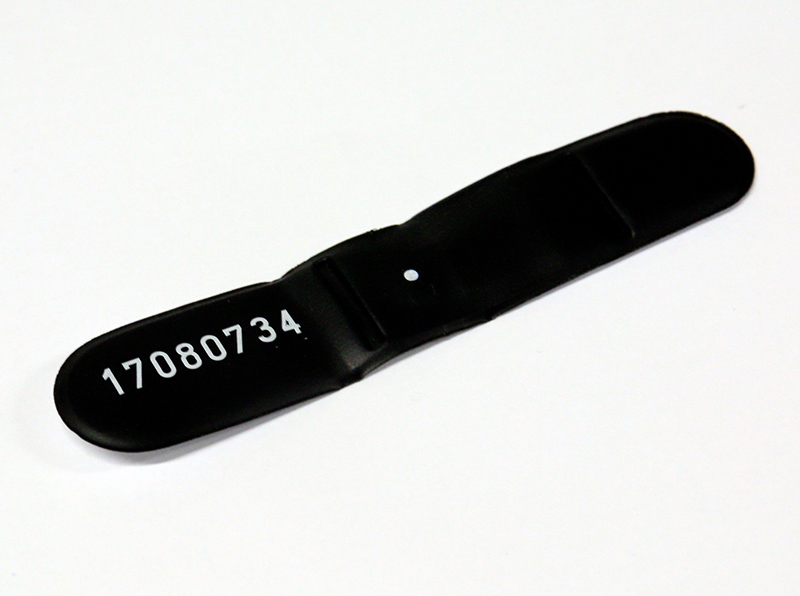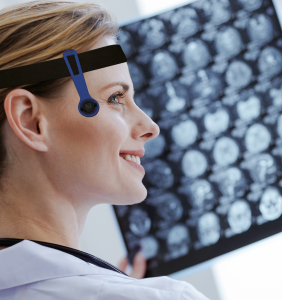Personal radiation monitoring is a way to keep track of your radiation dose. Radiation exposure has a cumulative effect and lifetime monitoring may be needed.
ARPANSA monitored over 70,000 professionals for radiation exposure in 2023.
Who needs to be monitored?
If you work in the following areas or positions, you may be required to wear a personal monitoring device:
- CT and Flouroscopic equipment - OSL
- Chiropractor - OSL
- Diagnostic imaging - OSL
- Dentistry - OSL
- Industrial radiographer or NDT technician - OSL and Extremity monitor
- General Practice - OSL
- Medical Physicist - OSL and Extremity monitor
- Nuclear Medicine - OSL and Extremity monitor
- Nursing - OSL
- Mining - OSL and Radon monitor
- Orthopaedic surgeon - OSL and Eye monitor
- Soil Technician - OSL and Radon monitor
- Veterinary - OSL
How does the monitoring service work?
Different industries require different types of monitor.
Refer to the monitors below to Identify the right type of monitor for your practice.
Once you have narrowed down on the monitor, these are the steps you need to follow:
Step 1 Order a monitor from ARPANSA:
If you are new customer, you can order the monitor via the webform.
If you are an existing customer, you can login to the PRMS portal to continue.
Step 2 The monitor will be sent out by ARPANSA.
Step 3 Monitor your practice and/or your staff.
Step 4 Return the monitor after the recommended time to ARPANSA.
Step 5 Complete the Authorisation for Electronic Delivery of Dose Reports.
Step 6 The results are then analysed by ARPANSA from the returned monitors.
Step 7 Your results are returned to you via mail, email (CSV), and the portal.
Step 8 ARPANSA also maintains a database of individual dose records over time. Enabling individual workers to view their historical doses. See the ANRDR.







